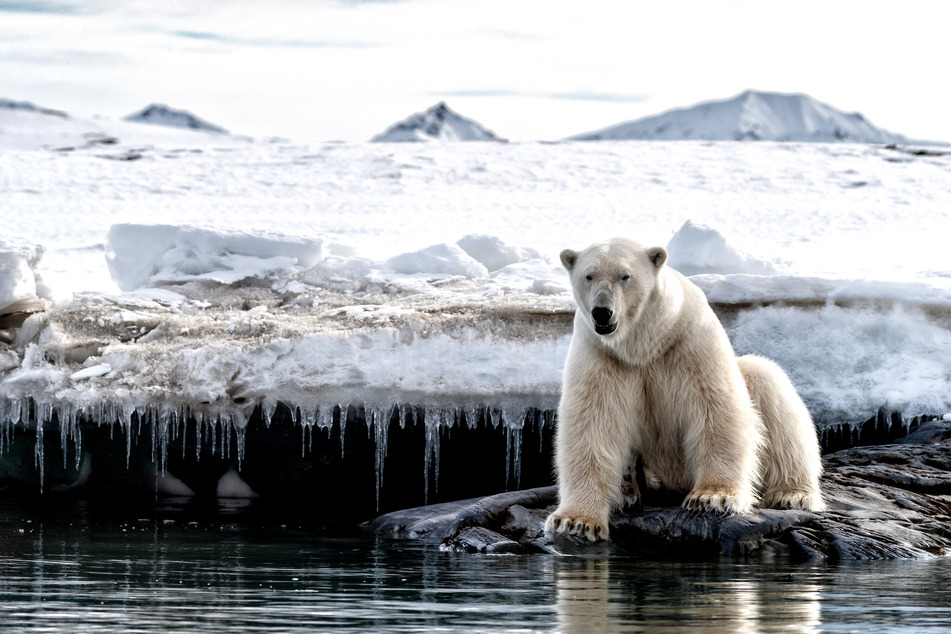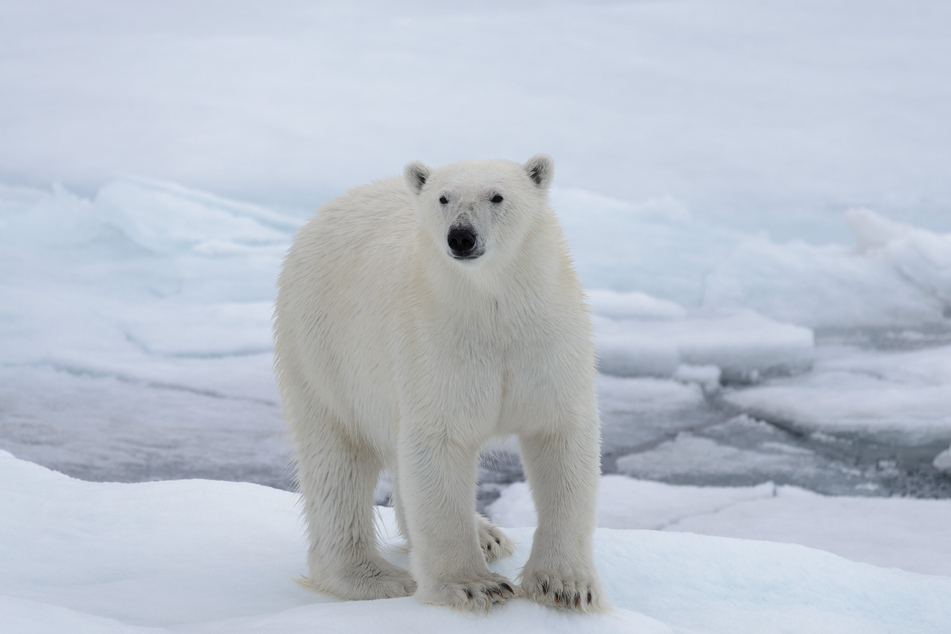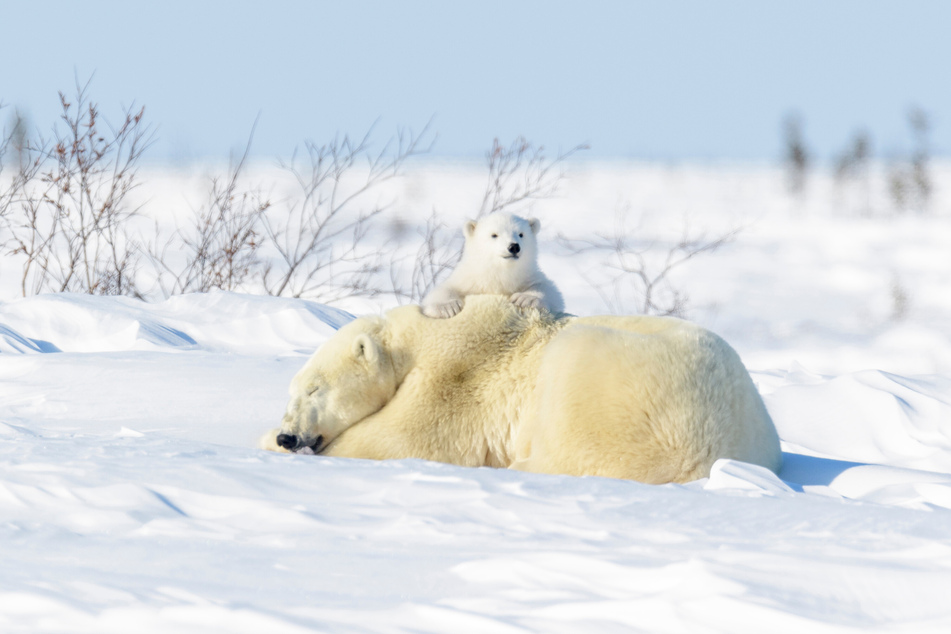Polar bears face twin threat of "forever chemicals" plus thinning ice
Longyearbyen, Norway - "Humanity is on thin ice – and this ice is melting fast," said UN Secretary General António Guterres recently of global warming.

If climate change is bad for people, it is even worse for polar bears, forced to head to cooler regions and eat different kinds of foods.
Plus, scientists are seeing alarming signs that "forever chemicals" found deep in the ice could also be reaching the animals.
There are some 26,000 polar bears worldwide, and their wellbeing varies depending on their location, says researcher Jon Aars of the Norwegian Polar Institute who specializes in the animals and their welfare.
"On Spitsbergen, for example, they are doing okay. We see many different effects on what they are doing and where they are, but not that their population is declining or they are unable to reproduce."
But the warmer climate and receding ice in other parts of the Arctic mean polar bears are struggling, especially in more southerly areas such as Hudson Bay in Canada, and in the Beaufort Sea, north of Alaska, where the ice has been receding for several years.
Polar bears face warming climates

Some 250 polar bears live in Spitsbergen, in the northern Norwegian archipelago, while the entire Barents Sea region is home to around 3,000, says Aars.
People travel specially to the area to encounter the bears, an unforgettable experience – as long as you are a safe distance away.
The area is growing warmer, however. Spitsbergen is "one of the regions of the world where you can really see how the climate is warming up," says Arctic researcher Bjørn Munro Jenssen from the University Centre of Spitsbergen (UNIS).
That means the polar bears are heading north, says Aars. "We see that many of the bears are now much further north – simply because they spend a lot of time on the sea ice and the ice is 200,300 kilometers [124,460 miles] further north than usual for much of the year."
The time they have to hunt seals is also getting increasingly shorter, he says. In Spitsbergen, that means they are now hunting reindeer and raiding birds' nests much more often.
Polar bears left vulnerable to "forever chemicals"

Melting sea ice is one problem; another are the forever chemicals, disturbing levels of toxicity locked in the ice.
Researchers found 26 different toxic per- and polyfluoroalkyl substances (PFAS) compounds in an ice core in a remote part of Spitsbergen called Lomonosovfonna.
The chemical substances used to make pans or jackets dirt and water repellent do not readily disappear from the environment, according to an international team of researchers led by environmental chemist William Hartz, also at UNIS.
The substances can be harmful to peoples' health and the environment, prompting some European governments to call for a ban on many of the substances.
Bears are especially at risk as chemicals transported through the atmosphere from the United States, Europe, and Asia will wind up in Arctic glaciers and then melt into the sea, says Jenssen. They may travel through the food chain from plankton to fish and seals, and ultimately reach the polar bear.
That is a second major problem for the polar bears, Hartz points out.
"Polar bears are exposed to toxic man-made chemicals, and at the same time they have to live with changed habitats, less sea ice, and changing hunting grounds," he says.
"The PFAS levels in the blood of people living near chemical factories in China are similar to polar bears on Svalbard. That's pretty alarming," Hartz says. While humans near these factories ingest these chemicals from dust, the bears take them in through their food, such as seals.
Aars is also watching research about PFAS with concern. "We know they are having an effect on the animals, but we don't know much about how bad it is. It's not good – but we don't know how bad it is," he says.
Cover photo: 123rf/rixie

